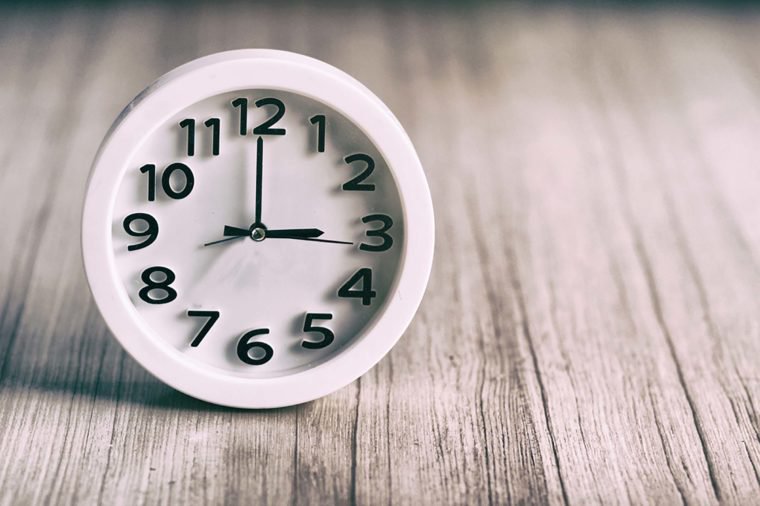As you could imagine, telling time was much harder before 1656, when the first mechanical clock was invented. People used sundials, water clocks, candle clocks, timesticks, pendulums, and hourglasses among other timekeeping inventions. With so many different ways to tell time, there were also different hours. According to dictionary.com, noon hasn’t always meant 12 p.m. In fact, at one point it meant 3 p.m. (By the way, have you ever wondered why time seems to slow down when you’re staring at a clock? There’s a reason for that.)
In Latin, the word “hour” meant “one twelfth of the day.” Since there aren’t only 12 hours in a day, two cycles of 12 hours were accounted for. These hours were based on the beginning of daylight. The 12-hour day was then divided into four different periods consisting of three hours each. 3,000 years ago, Roman cities had a town bell that rang in accordance with those four periods: at 6 a.m., 9 a.m., 12 p.m., and 3 p.m. Which, according to canonical hours, were referred to as Prime (the “first hour”), Terce (the “third hour”), Sext (the “sixth hour”), and None (the “ninth hour”). (Speaking of noon, here’s where you should and shouldn’t be eating your lunch.)
Eventually, “none” became “non” in Old English. Early Catholic churches often practiced rituals and prayers at “non.” As traditions in the church changed, “non” began to happen closer to 12 p.m. than 3 p.m. Hence, the word “noon.” According to dictionary.com, “We still don’t know if the time of the midday meal shifted from 3:00 to 12:00 or whether the time of Church prayers shifted, or both, but by the early 1200s, ‘noon’ came to mean midday. In the 1300s, the earliest mechanical clocks showed a 24-hour dial, but by the 1500s, the 12-hour dial, starting at midnight, became standard.”













